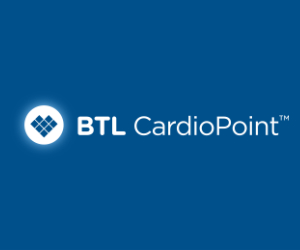Autologous transplantation of hematopoietic peripheral stem cells in the treatment of lymphoma
Lymphomas are the most common hematological neoplasm. They are divided into B-cell and T-cell lymphomas, while Hodgkin's lymphoma is a separate entity. Hodgkin lymphoma (HL) is most often cured by first line therapy, while the autologous stem cell transplant (ASCT) represents a salvage therapy in the second complete metabolic remission (CMR). In high risk HLs, a postASCT consolidation with brentuximab vedotin is indicated and associated with better outcomes. Diffuse large B cell lymphoma is the most common type of lymphomas, curable by first line immunochemotherapy in 60% of cases. The second line treatment is ASCT in a second CMR. Risk factors for poor outcomes are primarilyy refractory disease, early relapse and a high score on prognostic index. Relapse after ASCT is associated with poor prognosis. ASCT in lymphomas may be indicated in the first CMR, such as in mantle cell lymphoma or lymphomas or T-cell origins. In conclusion, ASCT is a major advance in the treatment of lymphoid neoplasm with a significant impact on survival.
Key words:
brentuximab vedotin; diffuse large B cell lymphoma; lymphoma; Hodgkin lymphoma; stem cell transplantation





